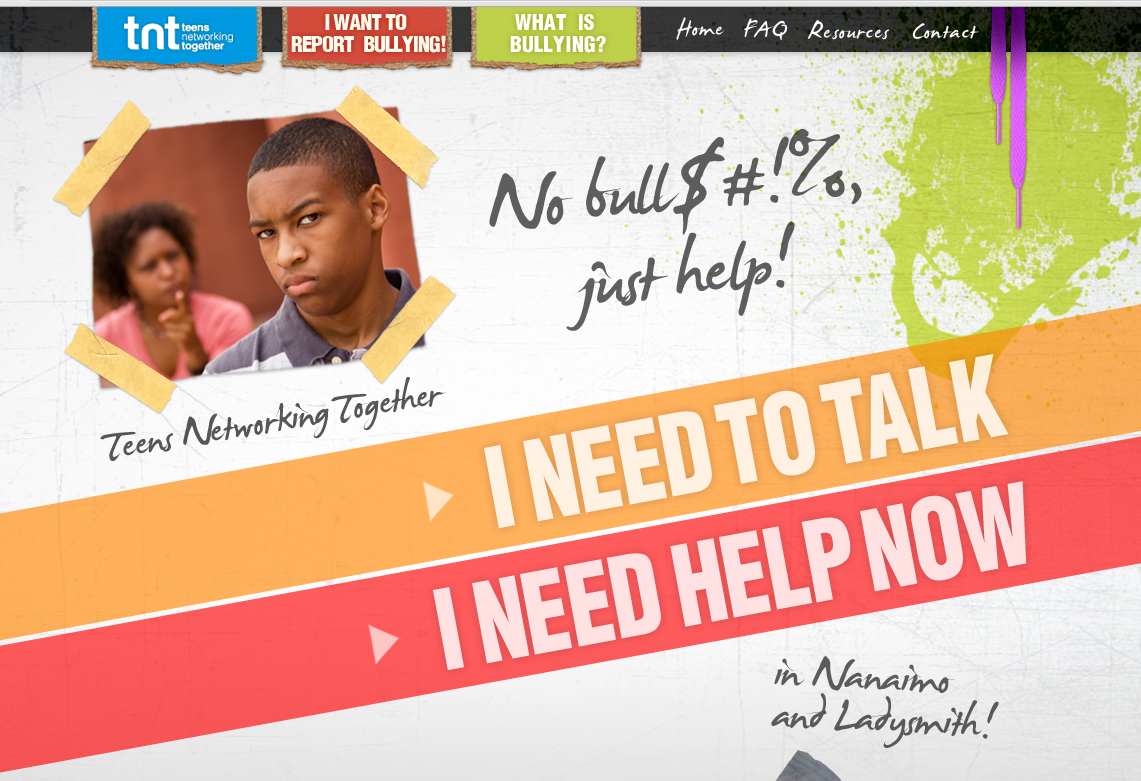Safe, Ethical & Legal (ETEC 512)
Pioneers! O Pioneer!
by Walt Whitman (1819-1892) in Leaves of Grass 1900
For we cannot tarry here,
We must march my darlings, we must bear the brunt of danger,
We, the youthful sinewy races, all the rest on us depend, Pioneers! O pioneers!
Safe – Safe Caring and Orderly Schools – A BC Ministry of Education Guide for Schools
This is the second stanza of a lengthy poem by Walt Whitman. The words ring true today when we think of the potential dangers our youth face in the online worlds of social media, www, and the accessibility of free wifi and mobile devices. Therefore, I wanted to dedicate this page to some of the work I have sponsored and continue to be a part of to help educate and protect our children from the “brunt of danger”.
 TNT Nanaimo – My School District’s Desire to Help Students through Technology
TNT Nanaimo – My School District’s Desire to Help Students through Technology
If you click on this picture you will be taken to an Internet app that we created in SD68 in partnership with our community agencies.
You can also read a local newspaper article from one year ago when we launched our app. We organized a press release and let the community know of our efforts to combat bullying and provide students with a method of reporting instances of bullying but also a one-stop to connect with community resources through which to find support. This article can be located in the Nanaimo Daily News by clicking here on the title of the article: Nanaimo district adds to arsenal against bullying.
Ethical – Everyone’s Responsibility
We have all heard about people who commit crimes online. Perhaps even you committed a crime by downloading a song you shouldn’t have or copied a piece of text and incorporated it into your paper without properly giving credit to the author. Our students experience the same temptations and these type of crimes, and others, are occurring in every school every day. Other examples of unethical online activities are hacking or cracking (vandalizing Web sites) and the unauthorized downloading of games and software.
![]() Legal – An Assignment in ETEC 512
Legal – An Assignment in ETEC 512
I believe that it is so very important to a student’s cognitive growth as an individual with an inquiring mind to learn how to properly cite the information and data utilized when researching and writing a report. I believe that we, as educators, must teach students how to avoid plagiarism in world-wide-web research in terms of any type and form of intellectual property. We must also teach our students how to find resources to help them if they have questions regarding format, style, along with understanding and detecting plagiarism.
Today, the Internet makes it very easy to “cut and paste” texts, photos and other forms of intellectual property from online sources directly into papers (Dulcinea Media, 2009). The volume of information and resources on the Internet also makes it easy to become lax on including citations.
Artifacts
General Reflection:
- The artifacts that I have included in this section are but a few of the many pieces that I have been working on with my staff over the past three years to better support our students in this technological age.
- NETS (National Education Technology Standards) for students tell us that we must teach students to use critical thinking skills to plan and conduct research, manage projects, solve problems, and make informed decisions using appropriate digital tools and resources. This has become a guiding document in my work.
Reflecting toward the future:
What would help me to further cultivate my practice of pioneering leadership?
- That I must continue to use my knowledge of subject matter, teaching and learning, and technology to facilitate experiences that advance student learning, creativity, and innovation in both face-to-face and virtual environments. (NETS·T, 2008)
- That I must continually learn how best to design, develop, and evaluate authentic learning experiences and assessment incorporating contemporary tools and resources to maximize content learning in context and to develop the knowledge, skills, and attitudes identified in the NETS·S (NETS·T, 2008).
- That I must continue to develop my knowledge, skills, and work processes representative of an innovative professional in a global and digital society (NETS·T, 2008).
- That I must continually learn and demonstrate my understanding of local and global societal issues and responsibilities in an evolving digital culture and exhibit legal and ethical behavior in their professional practices (NETS·T, 2008).
- That I must continuously improve my professional practice, model lifelong learning, and exhibit leadership in their school and professional community by promoting and demonstrating the effective use of digital tools and resources (NETS·T, 2008).
How does theory learned in this course offer me insights about how I might nurture a change in the culture of my community?
- The NETS-T Essential Conditions document describes the conditions necessary to effectively change the culture of my community.
Implementation, surprises, and consequences? Regrets?
- From my personal experience in doing this work I, more now than ever, realize that the implementation of technology into educational practice is a journey and not a destination. Implementation takes time, your make a move with your staff and then the technology changes and you must work to keep up. We must accept this.
- The consequences of not keeping up may result in students who become disenfranchised with us because our technology is out of date, our lessons are not engaging or our delivery is found wanting.
How does this project affect practice or what new perspectives have you discovered in reflection?
- This course has taught me that I must stay current.
- An effect on my practice is that I will be current, endeavour to stay current and promote others to use the technology that I’m using. I will lead by example.
Next Steps:
- Continue to accept sessional online course development and online teaching positions at the local university so that I can continue to work in the field and keep my skills strong.
| Pioneer Trail | ||||
| Bullet Trail |

